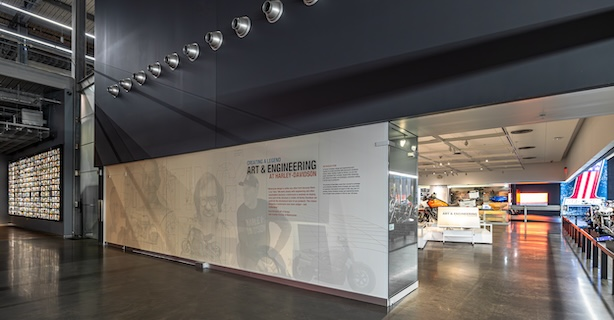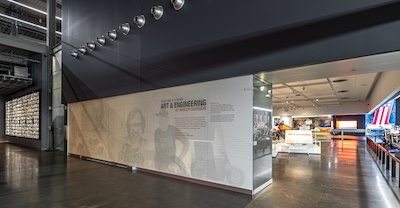What do ducks have to do with motorcycle design? It’s a good question, and the answer can be found at the intersection of art and engineering.
A new exhibition opened in May 2024 at the Harley-Davidson Museum. It celebrates art and the process of designing motorcycles. This is where the ducks make their entrance.
WILLIAM S. HARLEY'S LOVE OF ART
Back in the early 20th century, William S. Harley was one of four co-founders and the first Chief Engineer of Harley-Davidson. He did not just design engines, patent new technology, and draft blueprints. He was a member of the Men’s Sketch Club of Milwaukee, which meant he probably met regularly with others to draw, listen to talks from artists, and visit art exhibits.
He also used his drawing skills while an avid outdoorsman. A small group of sketches that feature ducks and other waterfowl were kept within the Harley family for years and were transferred to the museum a couple of years ago.
WHAT ART IS INCLUDED IN THE EXHIBIT?
The sketches are lively and charming and have a sense of immediacy to them. In the corporate archives, there are many staged photographs of Mr. Harley with fish and fowl, but these drawings are not company productions. They are personal. The sketches provide some small insight into an important figure who didn’t leave much of a written trail.
The exhibition includes other iconic stories, from an endurance run on Mr. Harley’s 1910 Model 6 to the prominent industrial designer Brooks Stevens and the 1949 Hydra Glide. Of course, you can’t talk about motorcycle design without considering Willie G. Davidson. The grandson of one of the founders of the company, his father served as its president.
After studying art in California, he returned to Milwaukee, where he worked in the Brooks Stevens firm. He and his father talked about bringing design in-house, which they did in 1963. Then, for almost 50 years, Willie G. had the final word on the look of everything the company produced. He’s not only an influential motorcycle designer, but he’s also a lifelong watercolorist.
A GLIMPSE INTO THE INDUSTRIAL DESIGN PROCESS
The process of design in an industrial setting is, at its core, a collaborative one. Designers work with engineers and manufacturing to make products that function. There’s marketing too, to define development directions, dealers who sell the product, and archivists who document it. The entire process is a continuous exchange.
Materials come into play, too. Pencil and paper, CAD drawings, 3D printing, and even clay are still essential to communicating shape and form.
What do engineers and artists share? An ability to see the world and imagine alternatives:
better ways of doing things
new ways of using things
and a drive to make things.
The crossroads is an incredibly creative space.
Learn more at the exhibition “Creating a Legend: Art & Engineering at Harley-Davidson,” on view at the Harley-Davidson Museum from May 2024 to Spring 2027.
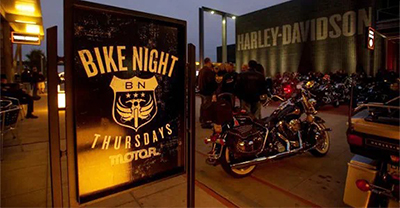
This weekly party has been going strong for 14 years hosting approximately 265 Bike Nights over the years. Learn more about the Bike Night Concert Series!
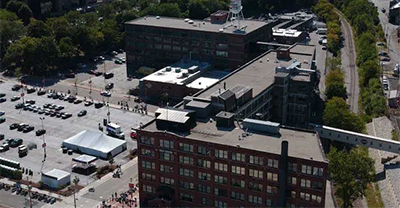
Learn how Harley-Davidson’s Juneau Avenue factory came to life as production increased from just over 1,000 motorcycles in 1909 to manufacturing 27,000 in 1920.
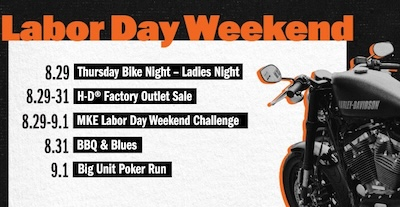
Visit the H-D Museum for a fun filled Labor Day weekend of shopping, eating, motorcycle history, live music, activities and more!

